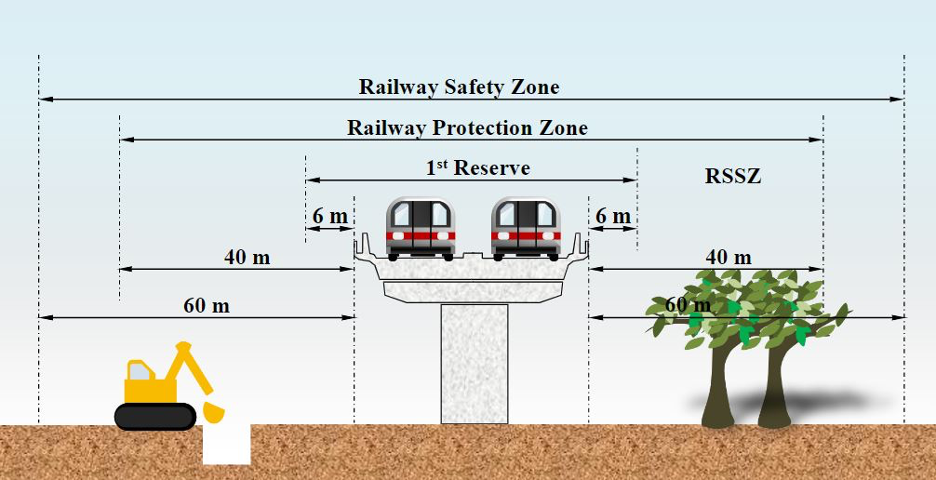
You can order from us
Prices for services
| Consultation | Free |
|---|---|
| Preliminary Analysis | Free |
| Order of Earth Remote Sensing (ERS) Materials | The cost of ERS materials is calculated individually for each order and may vary: minimum cost starts from $6 per 1 km2. |
| Work of Technical Specialists and Expert(s) | From 50,000 rubles |
| TOTAL COST | From 50,000 rubles |
The cost of execution is calculated on an individual basis, taking into account a specific of task.
After receiving the task description, we calculate the cost and send you a commercial offer.
Period of execution
The execution period for the works is from 10 (ten) business days from the date of receiving the advance payment.
The completion time of the works depends on the total area of the territory, requirements for Earth Remote Sensing (ERS) materials, the final product, and is calculated individually for each customer.
How to place an order:
Need for consultation?
Fill the form and we will contact you
Stages of service provision
The result of the provision of services
GEO INNOTER provides the customer with Earth Remote Sensing (RSD) materials in the form of orthophotoplans (orthophoto mosaics) along with the original images, materials on thematic processing in vector formats, and a technical report.
Requirements for Source Data
Precise coordinates of the area of interest, requirements for RSD materials (resolution on the ground, shooting mode, angles of image inclination, minimum sun angle, shooting period), complete requirements for thematic processing (types of processing required), and output data formats.
Related services










Customers
FAQ
The minimum period of work execution is from 10 (ten) working days
- location of the object of interest (coordinates, name of the area, region, shp-file, etc.);
- survey period requirements (period for which archive data can be used or a new survey is required);.















































